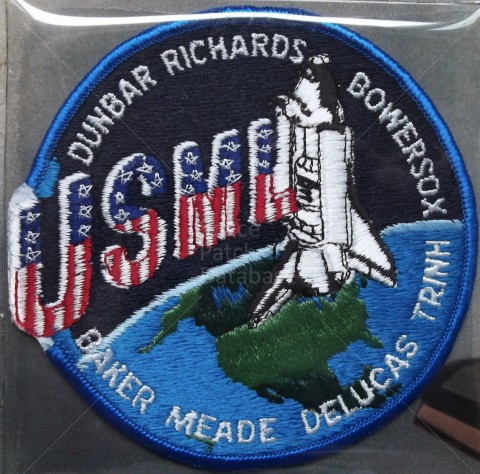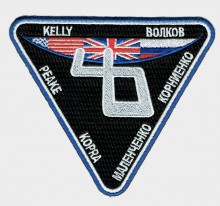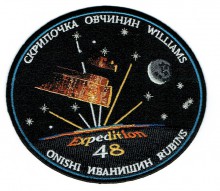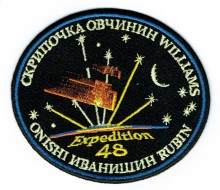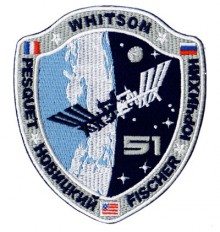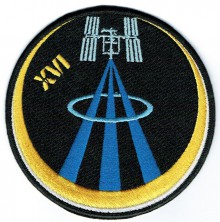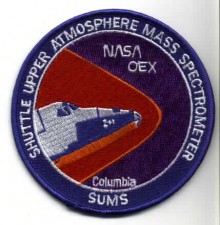STS-50 (U.S. Microgravity Laboratory 1) was a United States Space Shuttle mission, the 12th mission of the Columbia orbiter. Columbia landed at Kennedy Space Center for the first time ever due to bad weather at Edwards caused by the remnants of Hurricane Darby.
The U.S. Microgravity Laboratory 1 was a spacelab mission, with experiments in material science, fluid physics and biotechnology. It was the first flight of a Space Shuttle with the Extended Duration Orbiter (EDO) hardware, allowing longer flight durations.
Primary payload, U.S. Microgravity Laboratory-1 (USML- 1), made its first flight; featured pressurized Spacelab module. USML-1 first in planned series of flights to advance U.S. microgravity research effort in several disciplines. Experiments conducted were: Crystal Growth Furnace (CGF); Drop Physics Module (DPM); Surface Tension Driven Convection Experiments (STDCE); Zeolite Crystal Growth (ZCG); Protein Crystal Growth (PCG); Glovebox Facility (GBX); Space Acceleration Measurement System (SAMS); Generic Bioprocessing Apparatus (GBA); Astroculture-1 (ASC); Extended Duration Orbiter Medical Project (EDOMP); Solid Surface Combustion Experiment (SSCE).
Secondary experiments were: Investigations into Polymer Membrane Processing (IPMP); Shuttle Amateur Radio Experiment II (SAREX II); and Ultraviolet Plume Instrument (UVPI).
Very similar to the A-B Emblem souvenir version.
- Log in to post comments

